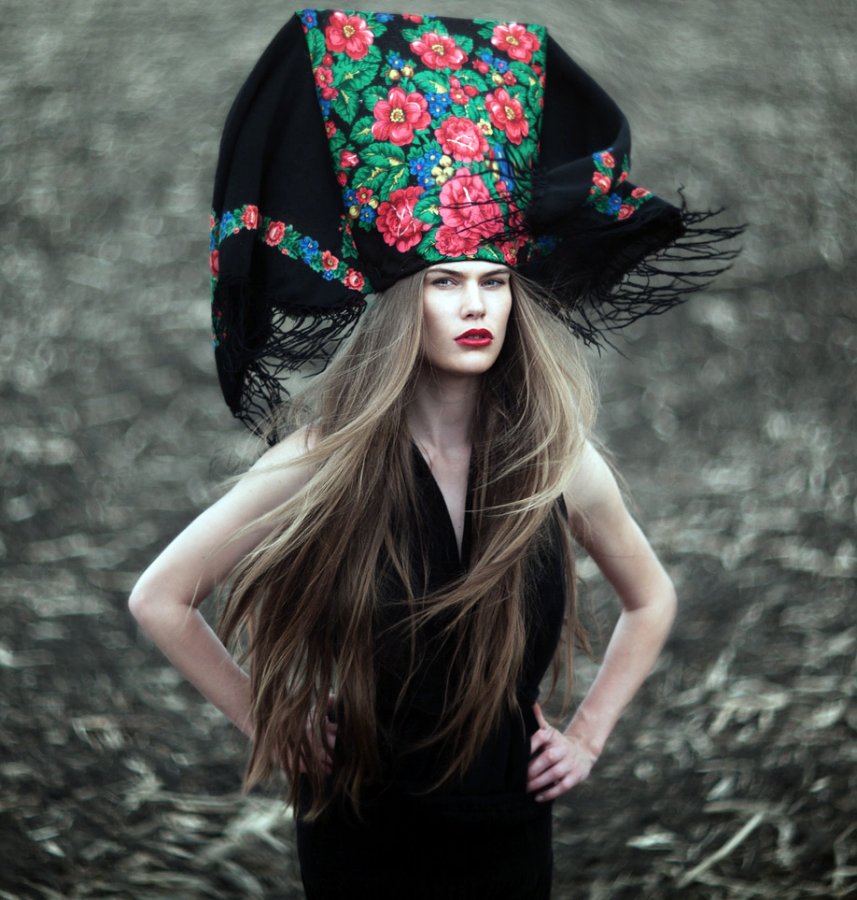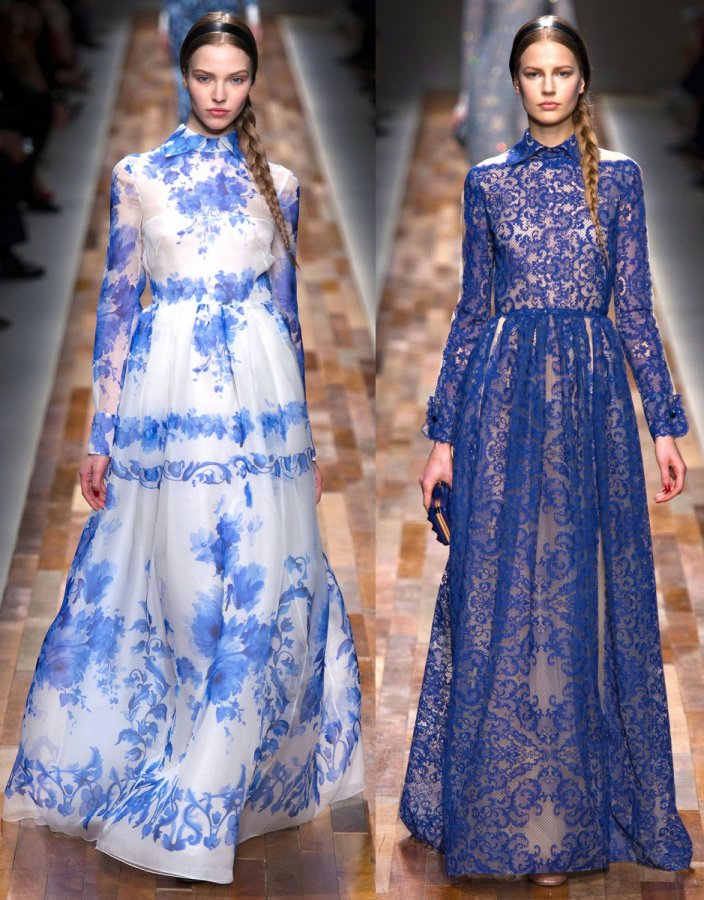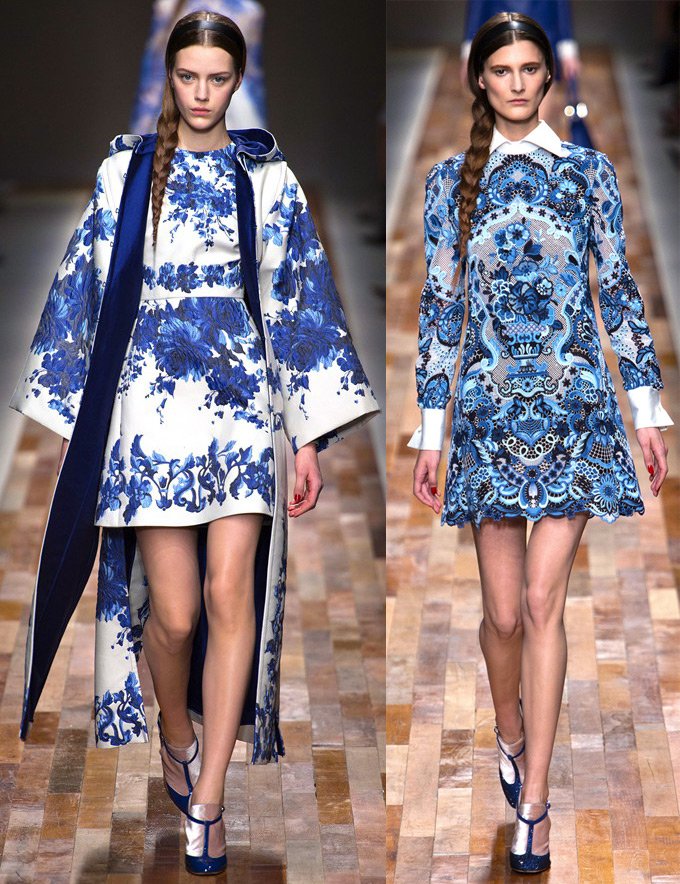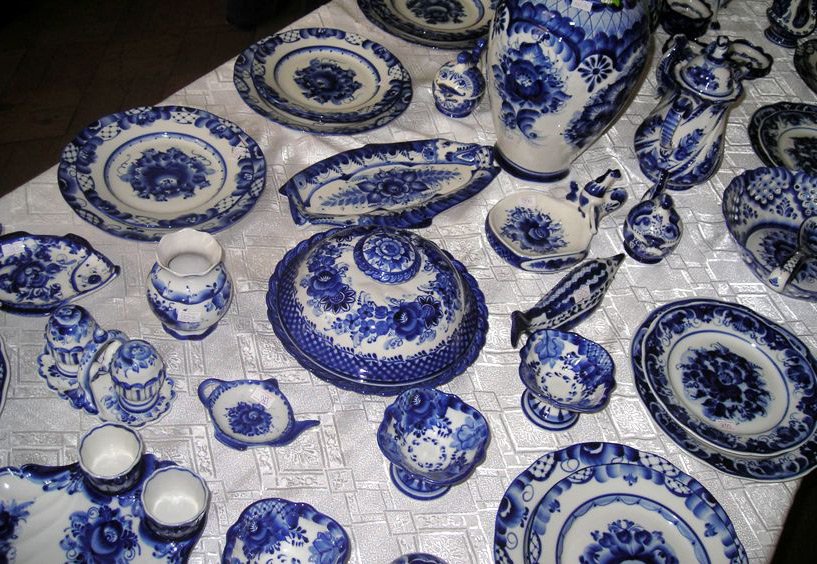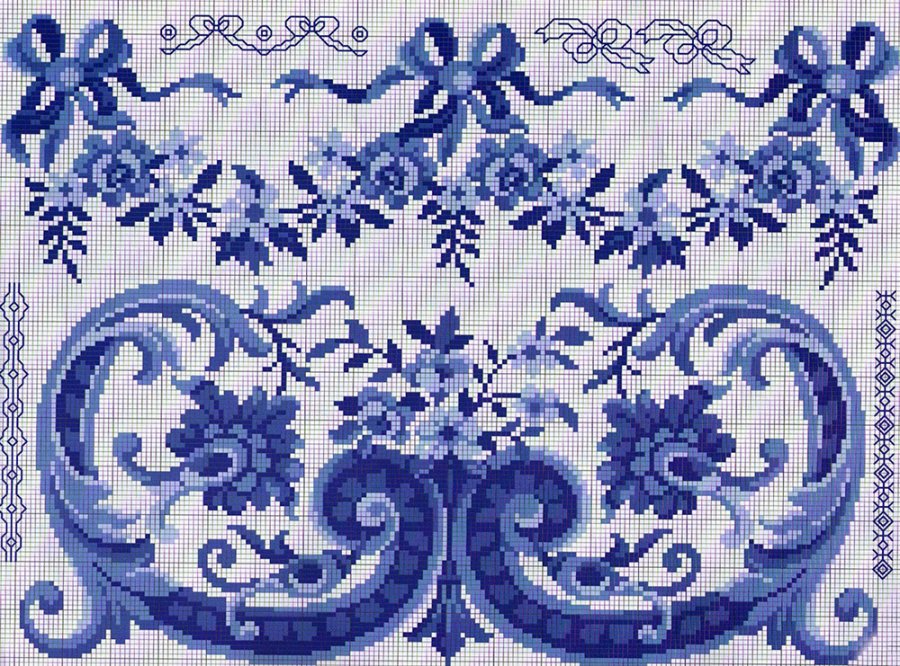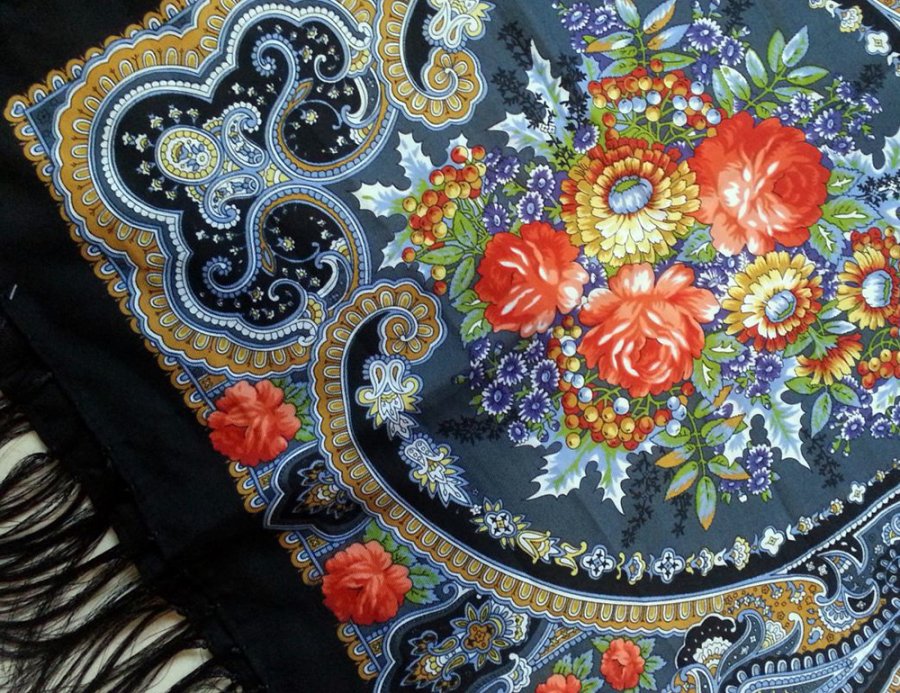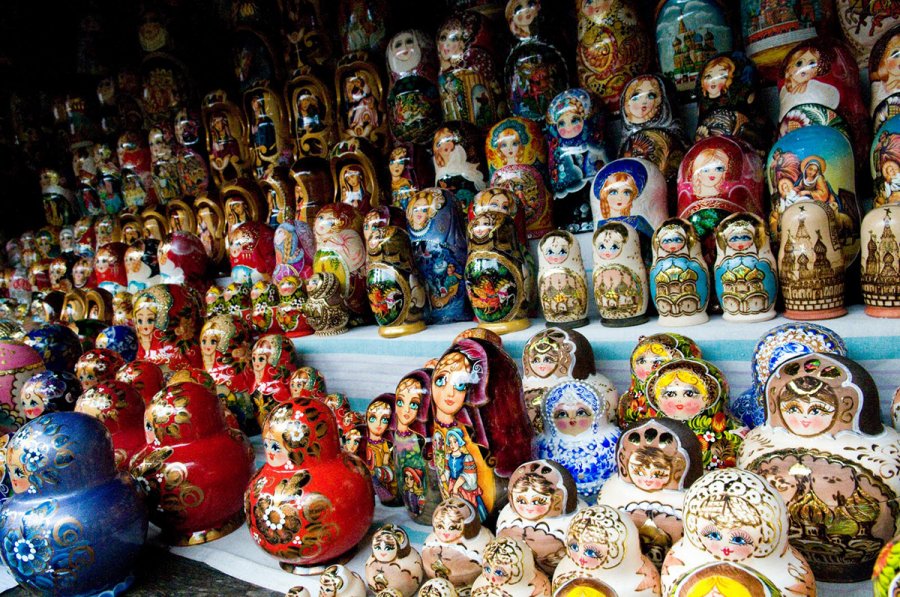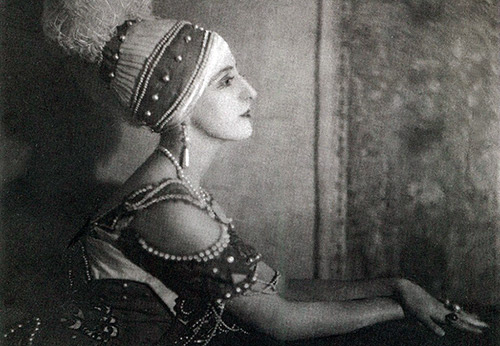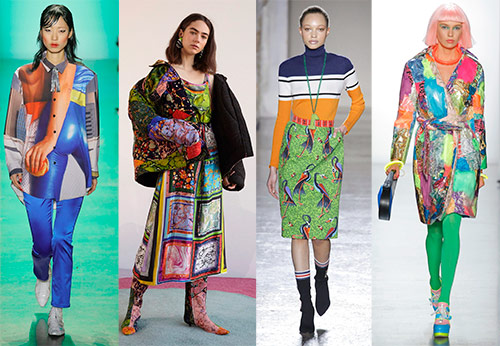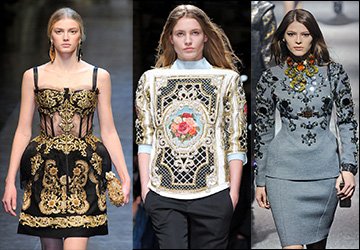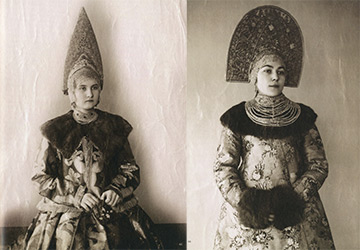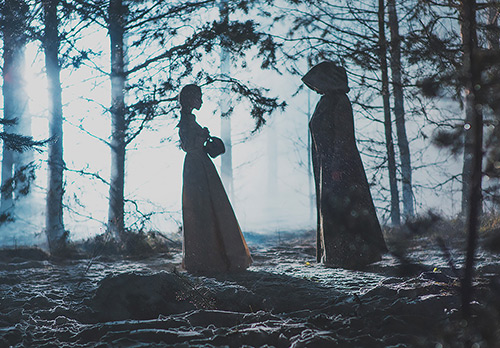Style
Russian style in fashion and art
On the catwalk in recent years, designers have proclaimed either Japanese or Oriental style, Indian with their original prints and many others. But now in modern fashion one can feel "... the Russian spirit ...". Is it just now? Remember the Diaghilev seasons, which shook the whole of Paris with their bright colors, or Russian emigrants who taught embroidery and bead weaving, and even the use of beads in decorative cosmetics.
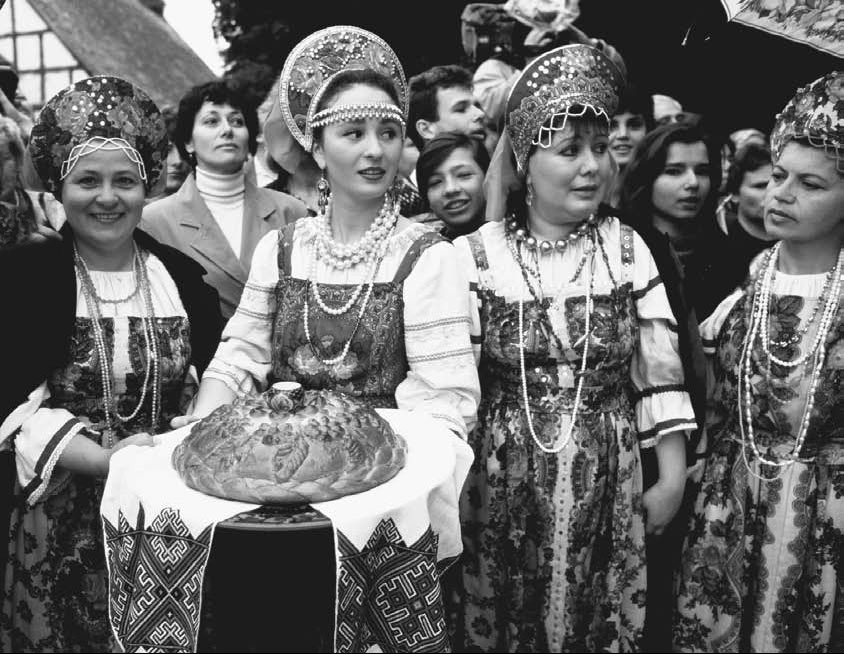
Take a look now at the collections of many famous designers inspired by Anna Karenina. Look closely at the prints of Dolce & Gabbana, who saw the beauty of Pavlovo Posad shawls and carried them into their outfits. Or the lush Zhostovo paintings, in whose bouquets the Russian gardens breathe, where every flower has its own place, from a beautiful rose to a modest chamomile. Or the Russian military uniform, from which the designers took many interesting and original elements ...
How many of us see in modern fashion how the Russian style can be traced in certain elements? It is not worthwhile to learn about the traditional crafts of Russian craftsmen only from the submission of Western designers, who vying with each other to quote either Zhostovo beauty, or Gzhel painting on porcelain or the gold embroidery skills of craftswomen from Torzhok. Yes, you can't list everything!
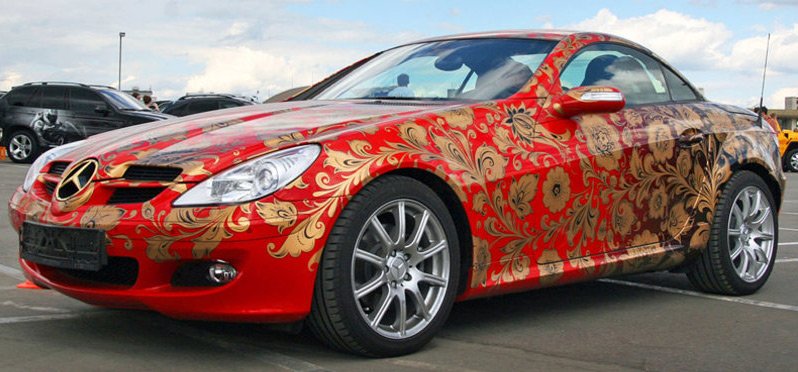
To understand and see all this, you need to know a lot. Let us recall the words of Nikolai Gogol from his correspondence with friends: "To find out what Russia is ... you must certainly ride through it yourself ...".
It would be nice to really take a ride, go on a journey through Russian cities and villages, where from time immemorial traditional Russian crafts were kept and brought to life.
But for now, let's confine ourselves to a journey through the Moscow province. How?
Here, now ...
Moscow province is the old Moscow of pre-revolutionary times. How diverse the life of local residents of different counties is. In the western districts of the Moscow Territory, they were engaged in logging - from Volokolamsk there were carts with timber, in the Dmitrovsky district cattle breeding was well developed. In the Gzhel volost, the production of ceramics began, here from 1770 they made bricks, pottery pipes, local craftsmen made dishes for pharmaceutical needs, and the small village of Verbilki became famous throughout the world for its famous porcelain.
Gzhel was loved not only in Russia, but also by foreigners who, when arriving, always tried to buy porcelain dishes made in such clean and beautiful blue paintings on a white background. In the village of Zhostovo, at the beginning of the 19th century, painting began on metal trays. Black lacquerware with painted fabulous bouquets in gold decoration are especially popular. Our grandmothers lovingly kept the Zhostovo trays.
Try to become a designer. Can you cross stitch? What a question, of course, any girl knows how, because her mother put her very little for needlework, trying, if not to teach how to embroider, then at least to teach how to hold a needle. What can be done? Choose a cross stitch pattern and sit down to embroider your white dress that you would like to update with blue thread. Here she is Gzhel. It is more difficult with Zhostovo paintings, it takes more skill and the selection of colored threads. But you can do it.
Since 1798, in the village of Danilkovo, at the enterprise of the merchant Pyotr Korobov, they began to manufacture lacquered visors and shako for the headdresses of the Russian army. But soon some masters started making caskets, which were decorated with Russian landscapes. This is how one of the oldest artistic crafts - Fedoskino lacquer miniatures - was born in Russia. Why Fedoskinskaya. It received this name after the unification of the villages of Danilkovo and Fedoskino.
And what else was the Moscow province known for throughout Russia? So it is the famous textile factories. Textile production began to develop in the 18th century in Bogorodsk, Pavlovsky Posad and Orekhovo-Zueve. Light industry gained unprecedented scope by the beginning of the twentieth century. Only in the production of fabric, 300 thousand people were employed, who worked in 2500 factories and manufactories. The craft - the production of printed fabrics - took shape a long time ago, at the end of the 18th century. Famous Russian shawls began to be made from the middle of the 19th century, and in a short time they gained extraordinary popularity not only in Russia, but also in the West.
Over the centuries, the Moscow province was also famous for the lace craft, which originated in the village of Vasyunino and the village of Lykovo. And then they began to weave lace in all nearby villages and even counties.
Moscow province is also the birthplace of the famous Russian nesting dolls... Sergiev Posad, a small town where children's toys were made, was known throughout Russia.
Unprecedented beauty was created by Russian craftsmen in the Moscow province. Why, and not only in Moscow. So it was in every province of Russia - in every county town, village or village had its own masters.
The Russian style reflects the historically formed ideas of the people about beauty. Craftsmen with inexhaustible imagination and refined artistic taste, ingenuity and high skill have created and are creating an endless variety of masterpieces in which love for Russia is felt.
I would like to remind the readers of mystyle.decorexpro.com/en/ the words of the Russian poet A.S. Pushkin: “To be proud of the glory of your ancestors is not only possible, but also must; not to respect it is shameful cowardice. "
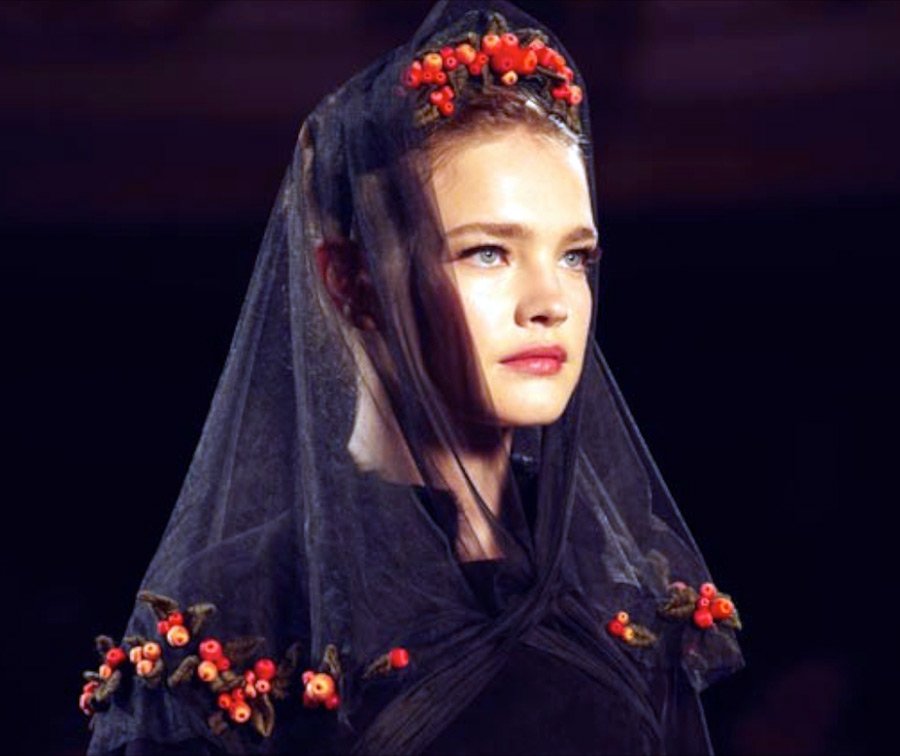
Comments and Reviews
Add a comment
Rating news
Shades of clothing that make women look younger
What shades of hair make women younger: rules and photos
Funny wedding dresses - photos and ideas
12 most expensive down jackets for the winter
How to look 25 at 40: tips from supermodels
Beautiful schoolgirls
Anti-aging haircuts and hairstyles for women
Fashionable skirts for autumn and winter
Fashionable women's trousers for the cold season
Fashionable and stylish sandals for summer 2024
Spring-summer 2024
 Fashionable dresses and tops with thin spaghetti straps
Fashionable dresses and tops with thin spaghetti straps
 Bandana tops: how to wear stylishly and beautifully
Bandana tops: how to wear stylishly and beautifully
 How to put together the perfect men's wardrobe for the summer
How to put together the perfect men's wardrobe for the summer
 Fashionable shorts for spring-summer 2024
Fashionable shorts for spring-summer 2024
 Fashionable skirts for spring-summer 2024: a guide to online shopping
Fashionable skirts for spring-summer 2024: a guide to online shopping
 The most fashionable dresses spring-summer 2024: styles and colors
The most fashionable dresses spring-summer 2024: styles and colors
 Fashionable total look 2024: ideas of images and trends
Fashionable total look 2024: ideas of images and trends
